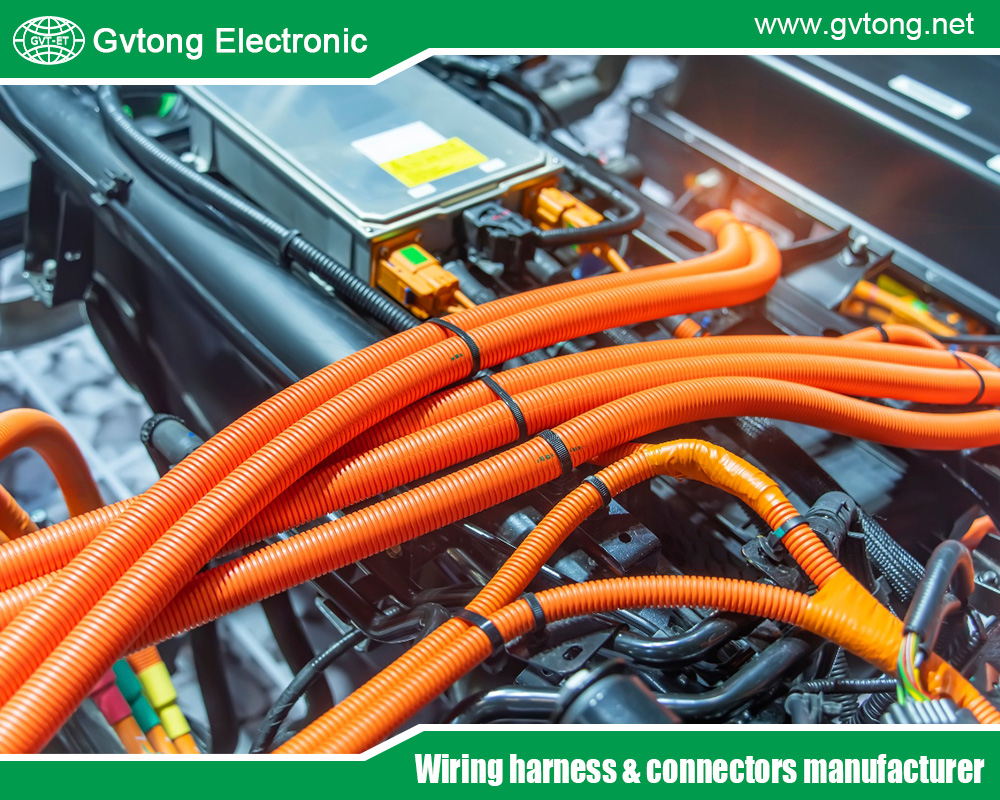Blogs & News
We are focus on automotive wiring harness & connectors technology.
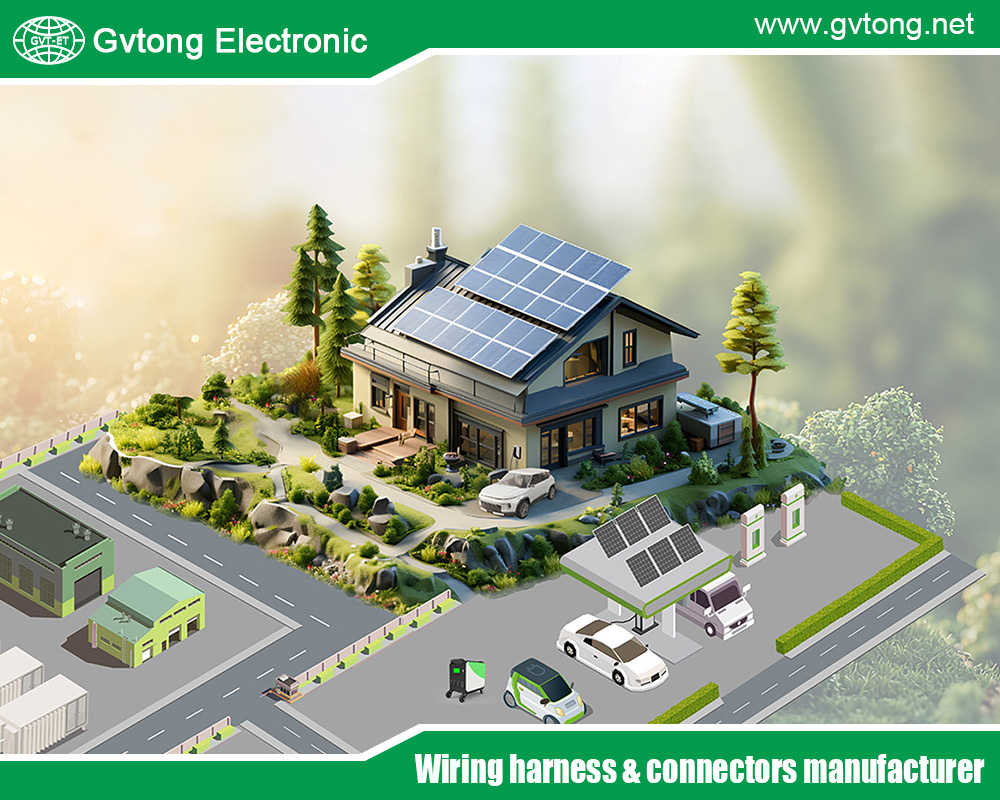
The Differences in Working Principles between Electrical Connectors and Circuits
- Gvtong Electronic
- automotive antenna connector, automotive coaxial connector, automotive data connector, automotive diagnostic connector, automotive electrical connector, Automotive high - frequency connector, automotive high - frequencyautomotive vibration - resistant, automotive High voltage connector, automotive hybrid connector, automotive Low voltage connector, automotive Oil-resistant Connectors, automotive optical fiber connector, automotive power distribution, Automotive power distribution connector, automotive Signal Connector, Automotive temperature - resistant connector, Automotive vibration - resistant connector, automotive waterproof connectors, electrical connectors and circuits, electrical connectors and circuits factory, electrical connectors and circuits manufacturer, electrical connectors and circuits supplier
- No Comments
The Differences in Working Principles between Electrical Connectors and Circuits
In modern electrical and electronic systems, both electrical connectors and circuits are crucial components, each playing a unique role in ensuring the normal operation of the system. Although they are both closely related to the transmission of electrical signals and energy, their working principles differ significantly. Understanding these differences is of great importance for the design, maintenance, and troubleshooting of electrical systems.
Working Principle of Electrical Connectors
An electrical connector, often referred to as a circuit connector, is an electromechanical component used to connect electrical circuits, serving the purpose of establishing or breaking the flow of current or signals. Its core function is to bridge two conductors in a circuit, allowing current or signals to flow from one conductor to the other. Widely used in various electrical circuits, this connection can be temporary and easily pluggable, or a permanent junction between electrical devices or wires.
Structurally, an electrical connector typically consists of contact elements, an insulating mounting plate, a housing, a locking mechanism, and tail accessories. The contact elements are the key components for establishing electrical connections, with one end for plugging and the other for terminating wires, divided into pins and sockets. The insulating mounting plate supports and positions the contact elements to ensure insulation between them. The housing protects the internal structure by holding the insulating mounting plate and contact elements. The locking mechanism provides a secure, anti-loosening connection between the plug and socket to ensure reliability. Tail accessories, such as cable shrouds or clamps, are used to fix and clamp wires or cables.
Its working principle achieves electrical connection and signal transmission through the following key steps:
- Contact: When the contact elements of two connectors come close to each other and make physical contact, they create conditions for an electrical connection. Take common plugs and sockets as an example: the pin of the plug is inserted into the socket’s jack, and their metal surfaces make contact. To ensure good conductivity, the surfaces of the contact elements are usually specially treated to reduce contact resistance.
- Conduction: Once a physical connection is established between the contact elements, current can flow through them. The current-carrying capacity depends on factors such as the material, shape, and size of the contact elements. Generally, electrical connectors use highly conductive metals like copper alloys for contact elements. In terms of signal transmission, connectors can carry various signals in addition to simple current. The quality and speed of signal transmission are closely related to the connector’s electrical characteristics, including parameters such as impedance, capacitance, and inductance. Mismatched parameters may cause signal distortion, attenuation, or delay, affecting overall system performance.
- Disconnection: When separating two connectors, the physical connection between the contact elements is broken as the plug and socket are pulled apart, interrupting the electrical connection and the transmission of current and signals. During disconnection, care must be taken to avoid issues like electric sparks, which can damage the contact elements, reduce the connector’s service life, and even pose safety hazards.
Different types of electrical connectors have their own characteristics and applications based on the basic working principle. For example, power connectors are mainly used to connect power supply cables to the internal power interfaces of devices, enabling power transmission. They typically consist of a plug (connected to the power cable) and a socket (connected to the device’s internal power interface). When the plug is inserted into the socket, metal contacts establish an electrical connection, allowing current to enter the device. Common USB interfaces, for instance, can transmit both power and data, with their internal metal contacts designed to connect power wires and data lines respectively.
Working Principle of Circuits
A circuit is a path for electric current to flow, composed of various wires, cables, and related electrical components (such as resistors, capacitors, inductors, etc.). Its main role is to transmit electrical energy generated by a power source to various electrical devices while enabling signal transmission and processing. Depending on application requirements and circuit characteristics, there are multiple types of circuits, each with distinct working principles.
- Series Circuit: In a series circuit, current flows through each component in sequence. Since there is only one path for the current, the current through each component is equal. According to Ohm’s law, the voltages across the components add up, and the total voltage equals the sum of the voltages across each component. For example, in a circuit with multiple resistors connected in series, current flows from the positive terminal of the power source through each resistor in turn and back to the negative terminal. Each resistor shares a portion of the voltage, with larger resistors bearing higher voltages.
- Parallel Circuit: In a parallel circuit, current splits into multiple branches from the power source and returns to the other terminal of the power source through different branches. The voltage across each branch is the same and equal to the power source voltage. According to Ohm’s law, the total current in a parallel circuit equals the sum of the currents in each branch. For example, in a household lighting circuit, each light fixture is typically connected in parallel, allowing them to operate at the same voltage and be controlled independently without interference.
- Series-Parallel Hybrid Circuit: This type of circuit combines the characteristics of series and parallel circuits, containing both series and parallel sections. Current first passes through the series-connected components in sequence and then splits into multiple branches through the parallel-connected components. When analyzing such circuits, the characteristics of series and parallel circuits must be applied separately to calculate parameters like current, voltage, and resistance. For instance, complex internal circuits of electronic devices may include series resistors and parallel capacitors to achieve specific electrical functions.
- DC Circuit: In a DC circuit, current flows in one direction, and its magnitude remains stable (ideally). A DC power source (such as a battery) provides a constant voltage, with current flowing out of the positive terminal, passing through the circuit components, and returning to the negative terminal. Many electronic devices, such as mobile phones and tablets, have internal circuits that are mostly DC circuits requiring stable DC power supplies.
- AC Circuit: In an AC circuit, the current direction changes periodically with time, and its magnitude also varies with time. The voltage generated by an AC power source (such as mains electricity) changes sinusoidally, causing the current to follow a sinusoidal pattern. AC circuits are widely used in power transmission and distribution because alternating current can be easily transformed to different voltage levels using transformers, enabling efficient long-distance transmission. In AC circuits, in addition to resistance, inductance and capacitance also affect the current, a phenomenon known as reactance.
- Amplifier Circuit: An amplifier circuit increases the amplitude of an input signal using an amplifier, commonly used in electronic devices like audio systems and televisions. The working principle of an amplifier is based on the amplification characteristics of semiconductor devices (such as transistors and field-effect transistors). By processing the input signal, its amplitude is enhanced to drive the load. For example, in an audio system, the sound signal collected by a microphone is very weak and needs to be amplified by an amplifier to drive the speaker to produce a loud enough sound.
- Filter Circuit: A filter circuit selectively transmits or blocks signals of specific frequencies, used to filter out noise and reduce interference. Common types include low-pass filters, high-pass filters, band-pass filters, and band-stop filters. A low-pass filter allows low-frequency signals to pass through while blocking high-frequency signals; a high-pass filter does the opposite; a band-pass filter allows signals within a specific frequency range to pass through; and a band-stop filter blocks signals within a specific frequency range. For example, in communication systems, filters can be used to select useful signals and eliminate interference, improving communication quality.
- Switching Circuit: A switching circuit controls the on/off state of a circuit using a switch, commonly used in devices like lamps and home appliances. The switch creates a controllable break in the circuit: when closed, the circuit is导通 (conductive), allowing current to flow; when open, the circuit is disconnected, stopping the current. For example, the light switch in daily use controls the on/off state of a lamp by manually closing or opening the switch.
Differences in Working Principles between Electrical Connectors and Circuits
- Different Functional Focuses: The primary function of an electrical connector is to establish and break electrical connections, focusing on providing a reliable connection interface to ensure smooth transmission of current and signals between different conductors, while facilitating plugging and unplugging for equipment assembly, maintenance, and replacement. In contrast, the main function of a circuit is to construct a complete path for current flow, enabling the transmission of electrical energy and signals, and processing and controlling current and signals according to circuit requirements, such as voltage division, current division, filtering, and amplification.
- Different Modes of Action: Electrical connectors achieve electrical connections through physical contact, connecting two or more conductors. The connection and disconnection processes are relatively independent operations that do not involve complex changes in circuit parameters. A circuit, however, forms a continuous current path through the combination and layout of various electrical components, involving the interaction and changes of multiple circuit parameters such as current, voltage, resistance, capacitance, and inductance during operation. For example, in a series resistor circuit, the resistance value affects the current magnitude and voltage distribution across each resistor; in an AC circuit, the presence of inductance and capacitance alters the phase relationship between current and voltage.
- Different Impacts on Signals: Ideally, electrical connectors should minimize signal interference to ensure signal integrity and accuracy. In reality, however, due to their inherent impedance, capacitance, and inductance, connectors may cause signal reflection, attenuation, and delay at high frequencies. The impact of circuits on signals is more complex, as different circuit types and components produce different signal processing effects. For example, filter circuits can screen and process signals of specific frequencies according to design requirements, while amplifier circuits can enhance signal amplitude.
- Different Structures and Compositions: Electrical connectors have a relatively independent structure, mainly composed of contact elements, an insulating mounting plate, a housing, a locking mechanism, and tail accessories, with each part working together to achieve electrical connection functions. A circuit is a broader concept, consisting of various wires, cables, and numerous different types of electrical components, with great flexibility in composition and layout according to circuit design and application needs. A simple circuit may include only a wire and a resistor, while the internal circuit of a complex electronic device may contain thousands of electrical components forming intricate circuit networks.
- Different Application Scenarios: Electrical connectors are widely used in scenarios requiring electrical connection and disconnection, such as connections between internal components of electronic devices, connections between circuit boards and external equipment, and connections between cables and devices in power systems. Circuits have a more diverse range of applications, spanning from simple lighting circuits to complex communication systems, computer motherboard circuits, and power transmission networks. Different types of circuits are suitable for different scenarios based on their characteristics and functions. For example, DC circuits are commonly used for power supply and signal transmission in electronic devices, while AC circuits are mainly applied in power generation, transmission, and distribution systems.
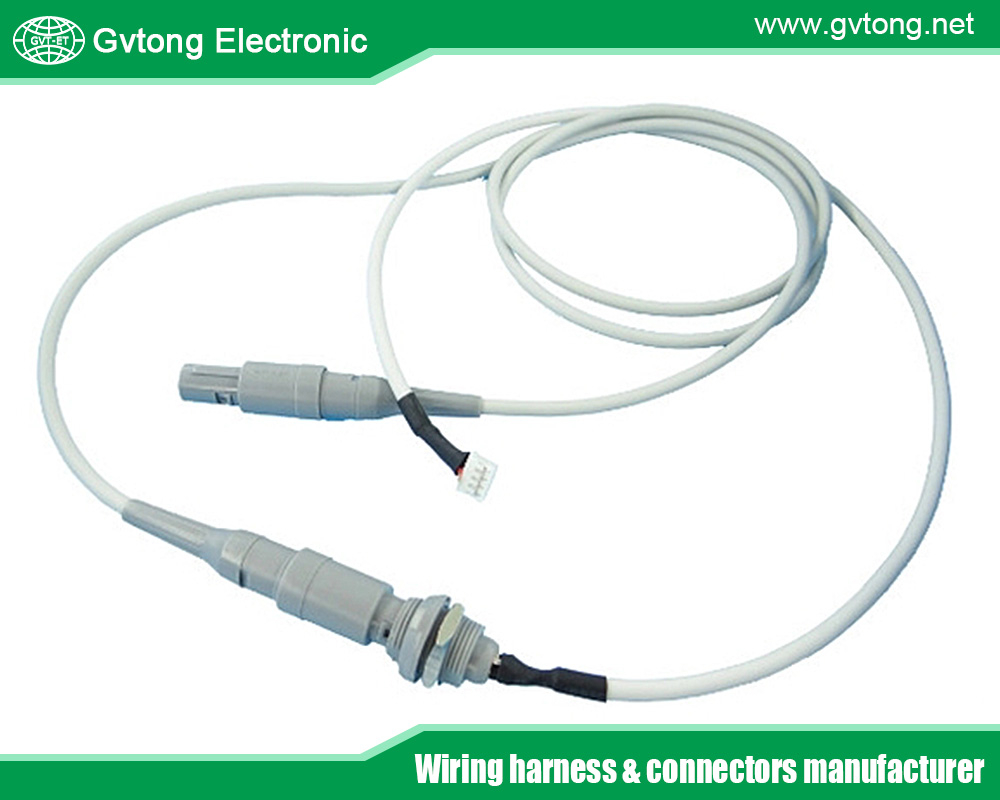
Conclusion
although both electrical connectors and circuits are indispensable parts of electrical systems, they differ significantly in working principles, functions, modes of action, impacts on signals, structures, and application scenarios. A deep understanding of these differences helps electrical engineers select appropriate connector and circuit solutions according to specific needs during system design, development, and maintenance, ensuring stable and reliable system operation. Whether in the trend of miniaturization and high performance of electronic devices or in the demand for large-capacity and long-distance transmission in power systems, accurate grasp of the working principles of electrical connectors and circuits is the foundation for technological innovation and optimization.
For more about the differences in working principles between electrical connectors and circuits, you can pay a visit to Gvtong at https://www.gvtong.net/ for more info.
Recent Posts
The Best GR Series-Circular Connectors Manufacturer
The Best GD Series Combined Power Connector Manufacturer
A Guide to Selecting the Best GH Series Plastic Connector Manufacturer
How High Pressure Connectors Work?
The Best Automotive Connector Companies
Tags
Recommended Products
-
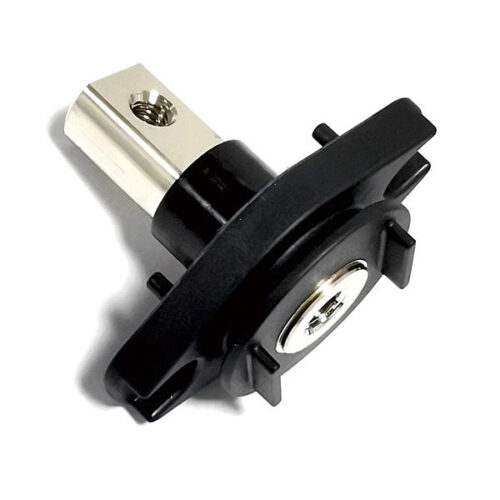
DCDC wall-through terminal
-
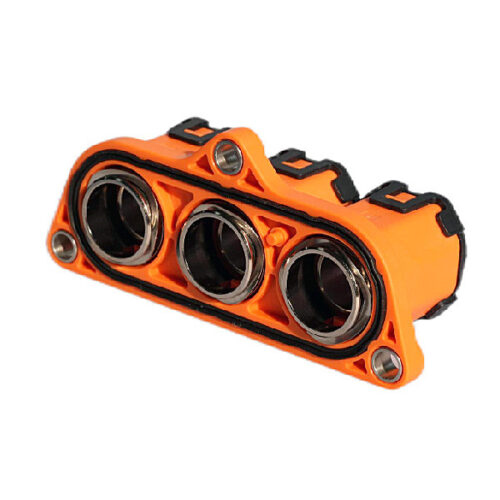
GVPT 3-core wiring connector
-

Industrial control exhaust
-
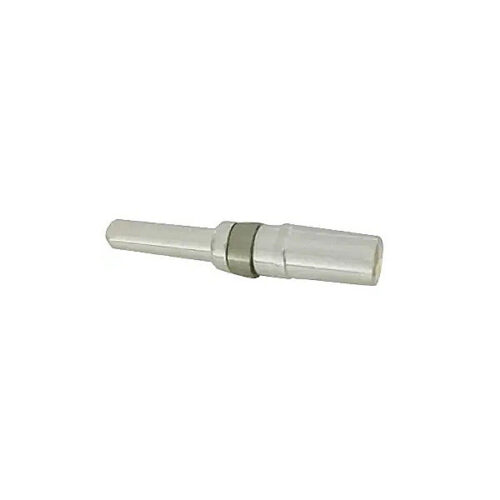
3.0 wire spring pin (crimping 2.5 square wire)
-
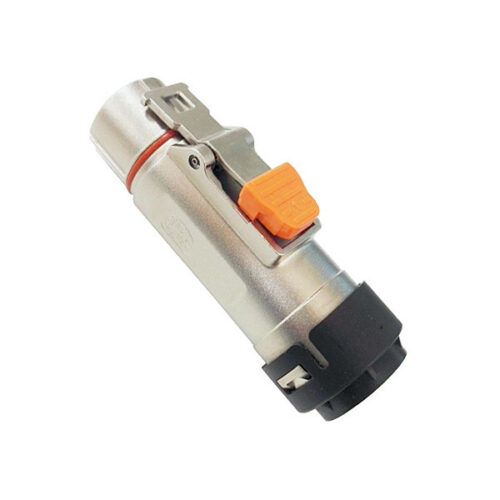
Straight metal connector-10mm-single core
-
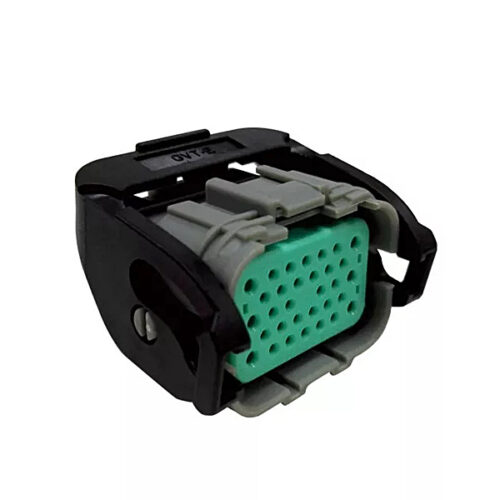
Rectangular connector-32 core
-
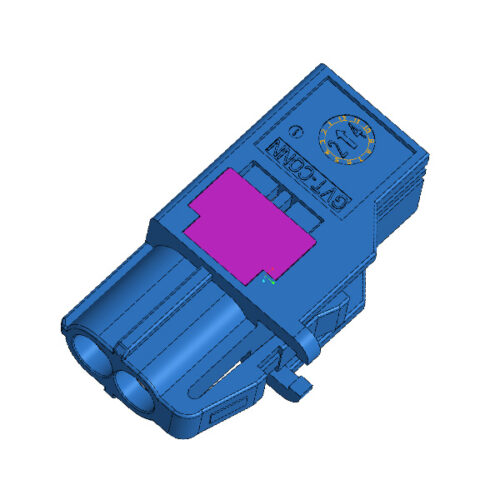
Automotive MINI Fakra High-Speed 2Pin Female To Fakra Male Z Code Connector
-
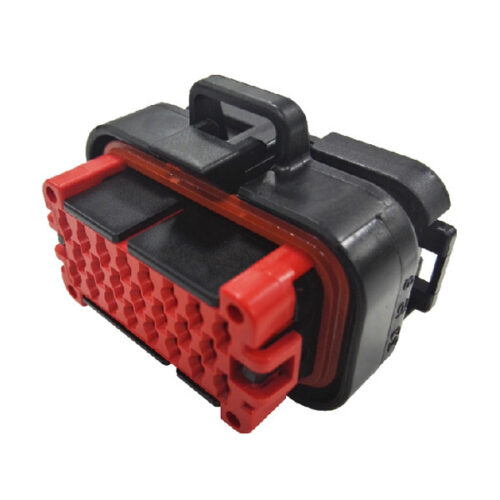
GE Series-23-core three-row signal connector

